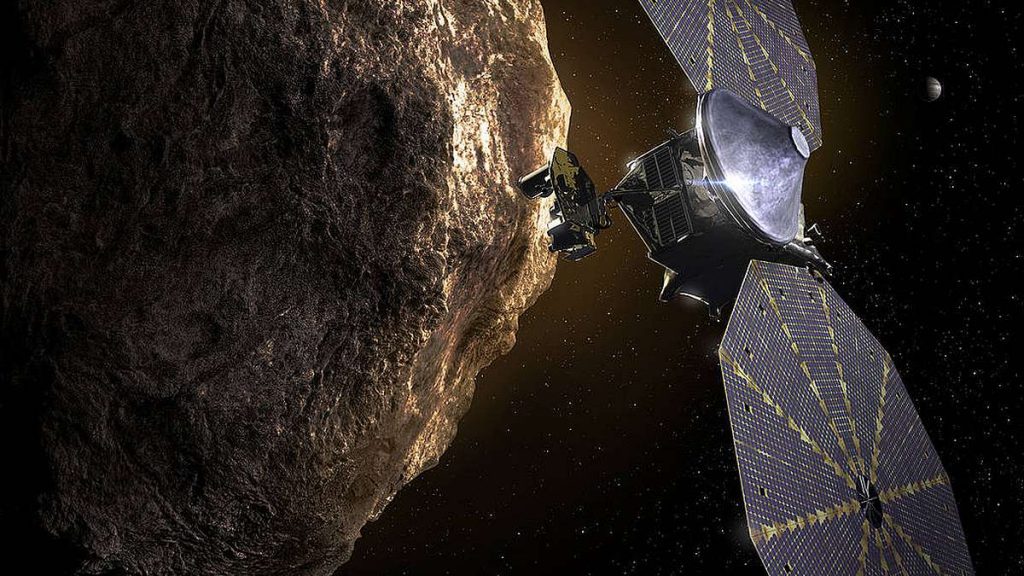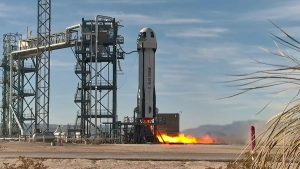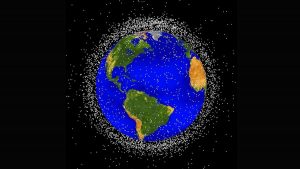NASA Further Deploys Solar Panel Array on Lucy Spacecraft Ahead of Visit to Jupiter’s Trojan Asteroids
The National Aeronautics and Space Administration’s Lucy spacecraft mission was successful in further deploying the solar panel array that will be powering the craft. The mission team successfully managed to deploy the unlatched solar array to between 353 degrees and 357 degrees open. The team behind the spacecraft remotely operated Lucy’s array deployment motor in l…

NASA’s Lucy spacecraft mission was successful in further deploying the solar panel array that will power the craft, according to the space agency. The mission team was able to deploy the unlatched solar array between 353 degrees and 357 degrees open. NASA’s team performed the operation remotely, and the solar array is now under more tension in its expanded form, while providing more stability to the spacecraft. Lucy will need all its panels to be deployed in order to find enough energy as it makes its way toward Jupiter’s Trojan asteroids.
One of the arrays on the spacecraft, measuring twenty-four feet, had failed to deploy fully after Lucy was launched in October 2021. Since then, the team behind the Lucy mission at NASA have been working to troubleshoot the deployment of the array. NASA recently stated that the deployment was not fully successful at launch due to a faulty lanyard – the mechanism through which the arrays were pulled.
While Lucy is in orbit around Earth, it receives plenty of sunlight to be fully powered even when not fully deployed. However, as it makes its way toward Jupiter’s Trojan asteroids it will need its solar arrays to be fully deployed to find enough energy that is far away from the Sun. The spacecraft will also move past the main asteroid belt where it will conduct flyby studies as well. The spacecraft will use Earth’s gravity assistance to make its way to its first target – 52246 Donaldjohanson, an asteroid in the inner asteroid belt – by 2025.
Before it can do that, the spacecraft will need its solar array to be fully deployed. However, NASA scientists will have to pause their troubleshooting efforts for a while, as the spacecraft enters a period of limited communications due to thermal constraints. Lucy will not communicate with Earth using its high-gain antenna for several months but remain in contact using its low-gain antenna.




